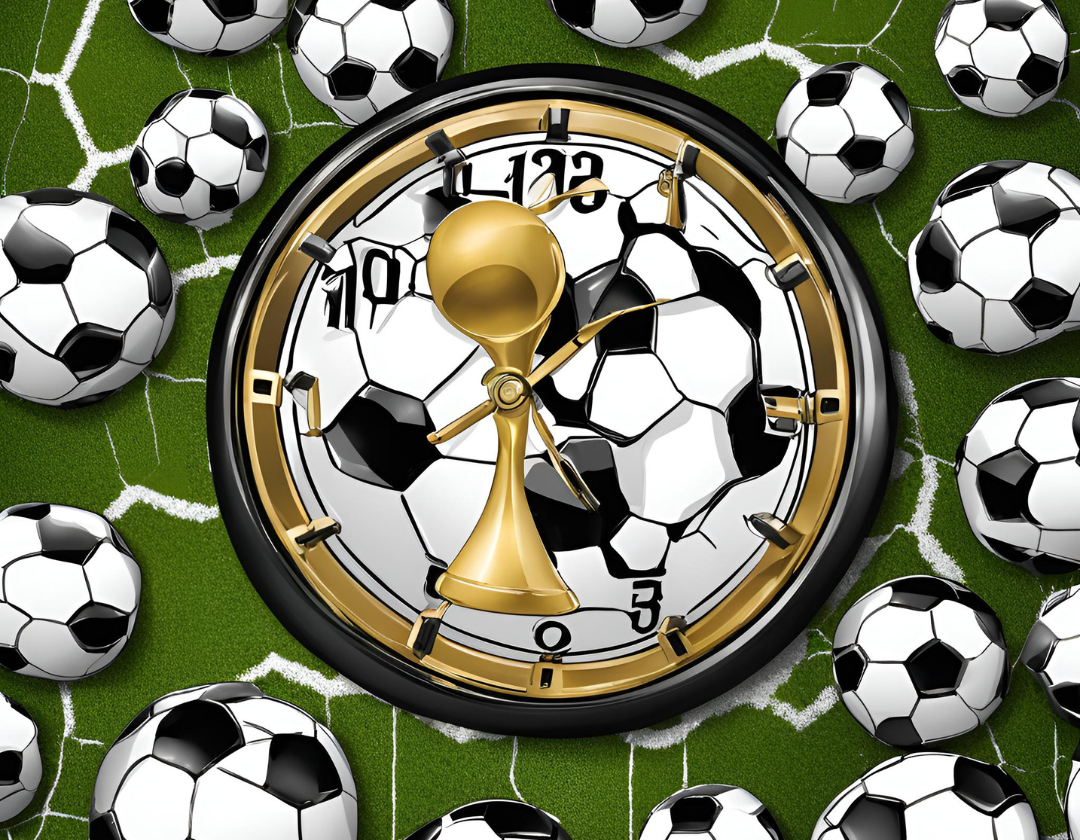Half-Time Power: Coaching Tips for Boosting Grassroots Player Development
The half-time break is a vital opportunity for grassroots football coaches to influence the outcome of the game and contribute to player development. By assessing performance, communicating effectively, making tactical adjustments, motivating players, ensuring hydration, and clarifying instructions, coaches can enhance their team’s chances of success in the second half.
Additionally, using this time to teach tactical awareness, develop communication skills, focus on individual improvement, and build team cohesion can significantly aid in the overall development of grassroots players.
1. Assess Team Performance
Quickly analyze the team's performance to identify strengths and weaknesses. Provide individual feedback to players, highlighting areas for improvement and acknowledging their efforts.
2. Communicate Clearly
Deliver clear, concise instructions to avoid confusion. Focus on 2-3 main points that need immediate attention, ensuring that players understand their roles and the game plan for the second half.
3. Tactical Adjustments
Make strategic changes to the team's formation and player positions if necessary. Adapt tactics to counter the opponent's strategy and optimize team performance.
4. Encourage and Motivate
Use positive reinforcement to build player confidence. Inspire the team with motivational language, highlighting the positives from the first half and encouraging a strong performance in the second half.
5. Hydration and Recovery
Ensure players stay hydrated by drinking water or sports drinks. Allow time for rest and minor injury treatment, promoting quick recovery and readiness for the second half.
6. Clarify Instructions
Reiterate roles and responsibilities to ensure every player knows their task for the second half. Clearly outline the plan of action, making sure the team is unified and prepared.
Using Half Time for Player Development
1. Teach Tactical Awareness
Use half-time to explain specific game situations and improve players’ understanding of tactics. Enhance decision-making skills by discussing various scenarios they might face.
2. Develop Communication Skills
Foster an environment where players feel comfortable discussing the game. Encourage team talk and promote leadership by allowing players to voice their opinions and lead discussions.
3. Focus on Individual Improvement
Address individual player goals and provide tips to help them achieve these goals. Offer specific techniques and advice to improve skills observed during the game.
4. Build Team Cohesion
Emphasize the importance of unity and support among players. Reinforce team objectives over individual performance, fostering a strong, cohesive team dynamic.
To summarise, half time is a critical period for grassroots football coaches, offering a unique opportunity to influence the game’s outcome and foster player development.
Half time also serves as an invaluable moment for teaching tactical awareness, developing communication skills, and building team cohesion. By addressing these aspects, coaches can significantly contribute to the overall growth and development of their players, both individually and as a team.
The combination of strategic adjustments, motivational talks, and developmental focus not only improves the immediate game performance but also equips grassroots players with the skills and mindset needed for long-term success in football.
Share your own half time tips with other coaches below:
